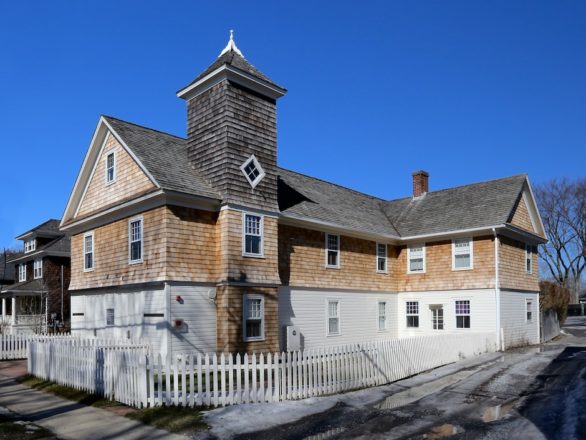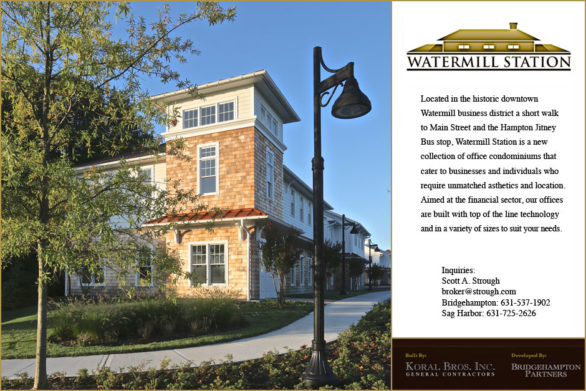DIA: DAN FLAVIN ART INSTITUTE
~~~~~~~~~~~~~~~~~~~~~~~~~~~~
Keith Sonnier’s Dis-Play II
Keith Sonnier’s Dis-Play II (1970) is an environmental installation of foam rubber, fluorescent powder, strobe light, black light, neon, plywood, and glass. Dis-Play II is shown with Film and Videos 1968–1977, a selection reflecting Sonnier’s decade-long exploration of sound and media work. Alongside peers such as Carl Andre, Dan Flavin, Eva Hesse, Bruce Nauman, and Jackie Winsor, Sonnier utilized nontraditional and specifically ephemeral materials in his production. In his own words, “we made art that was defined by its defiance of the traditional idea of what could be considered art.”
First exhibited in Sonnier’s solo exhibition at the Castelli Warehouse in New York in 1970, Dis-Play II brings together his ongoing interest in film, light, and experiential art environments.
——————————-
Keith Sonnier: Dis-Play II at the Dan Flavin Art Institute is made possible by support from the Ronald and Jo Carole Lauder Foundation and Dorothy Lichtenstein. Additional support is provided by Mary Boone, Barbara Bertozzi Castelli, and PACE Gallery.
~~~~~~~~~~~~~~~~~~

Established in 1983 as a permanent installation of Flavin’s work, this renovated firehouse holds a permanent installation of nine works in fluorescent light created by the artist between 1963 and 1981, and a gallery for changing exhibitions. Planned by the artist for the second-floor gallery of the space, the permanent installation traces Flavin’s practice from 1963 — when he decided to work solely with standard fluorescent fixtures and tubes — to 1981, just before the presentation was realized. In creating this exhibition, Flavin conceived of the sculptures and the architecture as a single, unified installation. By manipulating the formal, phenomenal, and referential characteristics of light, the installation asks viewers to consider a series of contrasts — between colors, intensities of light, structure and formlessness, the obvious and the mysterious, and the serious and the humorous.
Originally built as a firehouse in 1908, the building operated as a church from 1924 to the mid-1970s, and was renovated under the direction of the artist to evoke the building’s former uses: a newel post in the entrance hall is painted red in memory of the building’s years as a firehouse, and the original church doors have been moved to the entrance of a small exhibition space on the second floor that contains memorabilia, including a neon cross, collected from and about the church.
DIA: Dan Flavin Art Institute
———————-
======================================================

AAQ Resource: Watermill Station Office Condominiums
_____________________________________________________________
